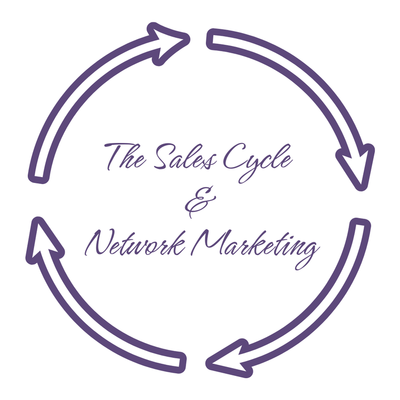
In an increasingly digital world, the landscape of professional networking is evolving rapidly, rendering traditional methods like face-to-face meetings and business card exchanges less prevalent. Instead, digital strategies are becoming the backbone of building and maintaining professional connections. This shift has been catalyzed by technological advancements and the global shift towards remote work environments, compelling professionals to reimagine how they connect, share, and grow in their careers.
The essence of networking in the digital age revolves around leveraging technology to forge meaningful connections without geographical barriers. Social media platforms, professional networking sites like LinkedIn, and various communication tools have become fundamental in this new era. These digital arenas offer unprecedented opportunities to reach out to industry leaders, engage with peers from around the world, and participate in discussions and webinars that were once restricted to closed corporate doors or exclusive events.
Moreover, the strategy behind effective digital networking goes beyond just connecting online. It involves cultivating a personal brand, consistently engaging with your network through valuable content, and utilizing analytics to enhance interaction strategies. The digital space offers tools to not only connect but also to monitor the impact of your networking efforts, allowing for a more targeted approach. Understanding these dynamics is crucial for anyone looking to navigate the complex web of digital professional networking successfully.
One of the most dynamic aspects of digital networking is the ability to join and participate in specialized online communities and forums. These digital spaces, tailored to specific industries or interests, allow professionals to share insights, seek advice, and discuss emerging trends. Platforms like Slack channels, LinkedIn groups, or industry-specific forums serve as breeding grounds for collaboration and idea exchange. Engaging actively within these communities not only enhances visibility but also establishes you as a knowledgeable and proactive member of your field.
Another significant component of digital networking is the effective use of content creation to attract and engage a professional audience. By regularly publishing articles, blog posts, or even short insights on platforms like LinkedIn or Medium, professionals can showcase their expertise and thought leadership. This type of content not only enriches the knowledge within your network but also draws in a broader audience, potentially leading to new connections and opportunities. Furthermore, integrating multimedia such as podcasts or videos can diversify your content strategy, catering to different preferences and increasing your digital footprint.
Additionally, virtual events have surged in popularity and effectiveness as a networking tool. Webinars, online conferences, and virtual roundtables have replaced many traditional in-person events. These platforms offer the advantage of recording sessions for later viewing, enabling ongoing engagement beyond the event itself. By actively participating or even speaking at such events, professionals can significantly enhance their network and visibility. Leveraging these opportunities requires a proactive approach to discover events that align with your professional interests and making the effort to engage meaningfully with speakers and attendees.
The efficiency of digital networking is further enhanced by regularly maintaining and updating your digital presence. Just as relationships in the physical world require nurturing, so too do digital connections need sustained engagement. This means regularly updating your profile with current projects, achievements, and professional developments. It also involves periodically reviewing your connections to initiate conversations, share relevant content, or offer help. This ongoing interaction not only keeps your network active but also reinforces your presence and reliability as a professional contact.
Furthermore, the integration of analytics into your networking strategy can provide invaluable insights. Many digital platforms offer tools to track engagement, reach, and the effectiveness of your communication. By analyzing these metrics, you can fine-tune your approach, focusing more on activities that generate meaningful interactions and positive responses. This data-driven strategy ensures that your efforts are not just consistent but also impactful, optimizing your time and resources in building professional relationships that matter.
In conclusion, as we move forward into an increasingly digital world, the art of networking evolves alongside. The future of networking isn't just about expanding your list of contacts but about strategically building connections that are mutually beneficial and aligned with your professional goals. By leveraging digital tools and platforms effectively, maintaining a consistent and engaging presence, and utilizing data to guide your strategies, you can master the art of digital networking and ensure sustained professional growth and opportunities.
.png)




